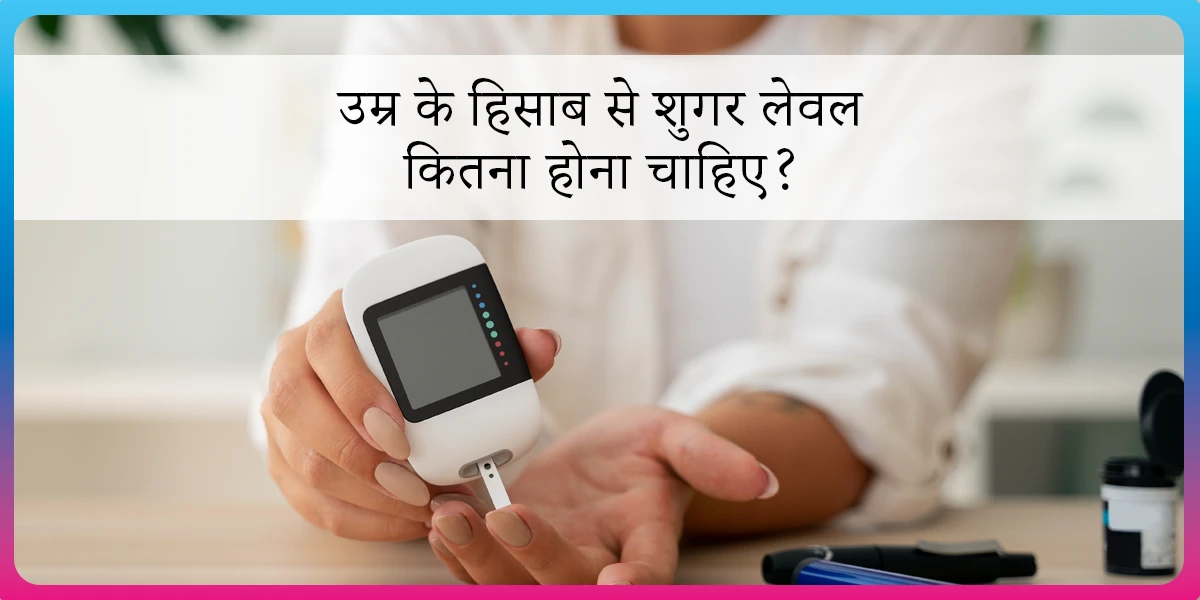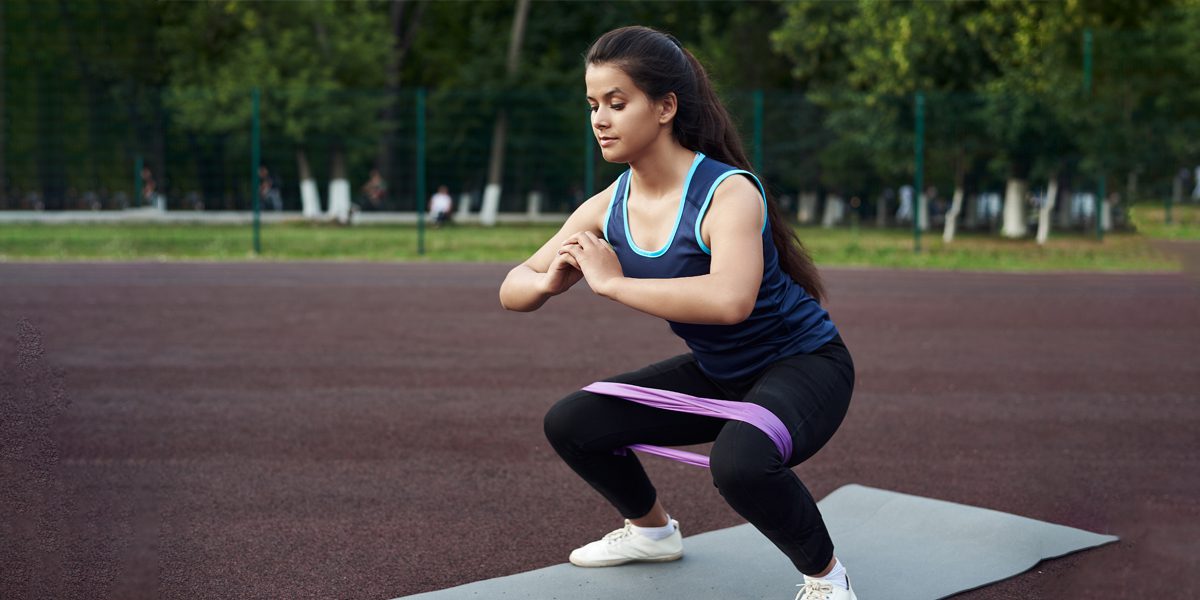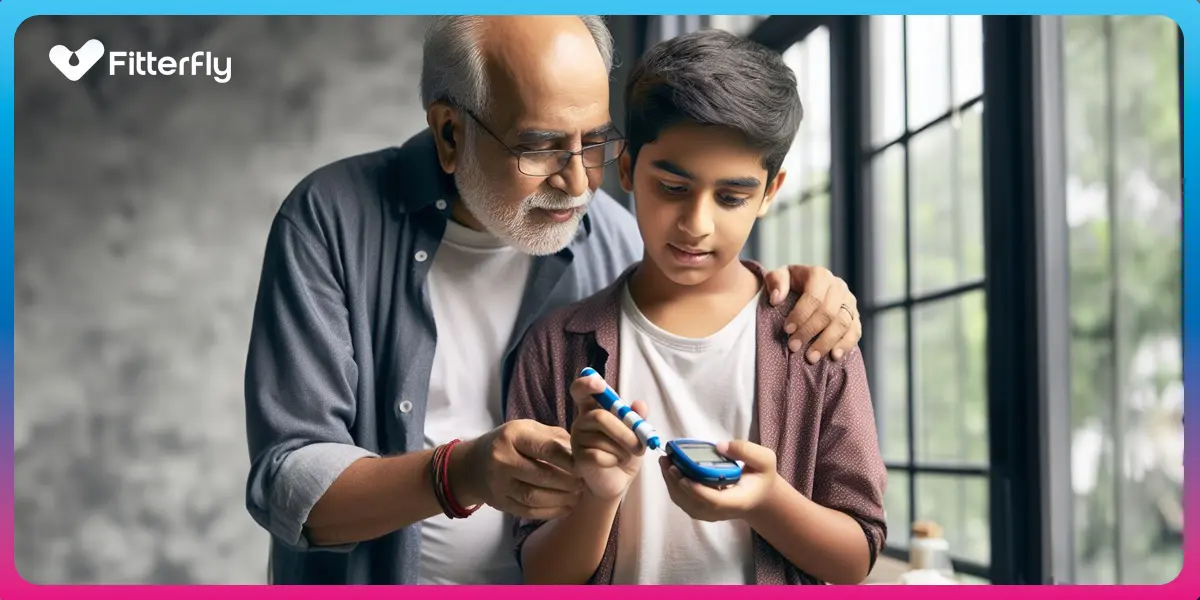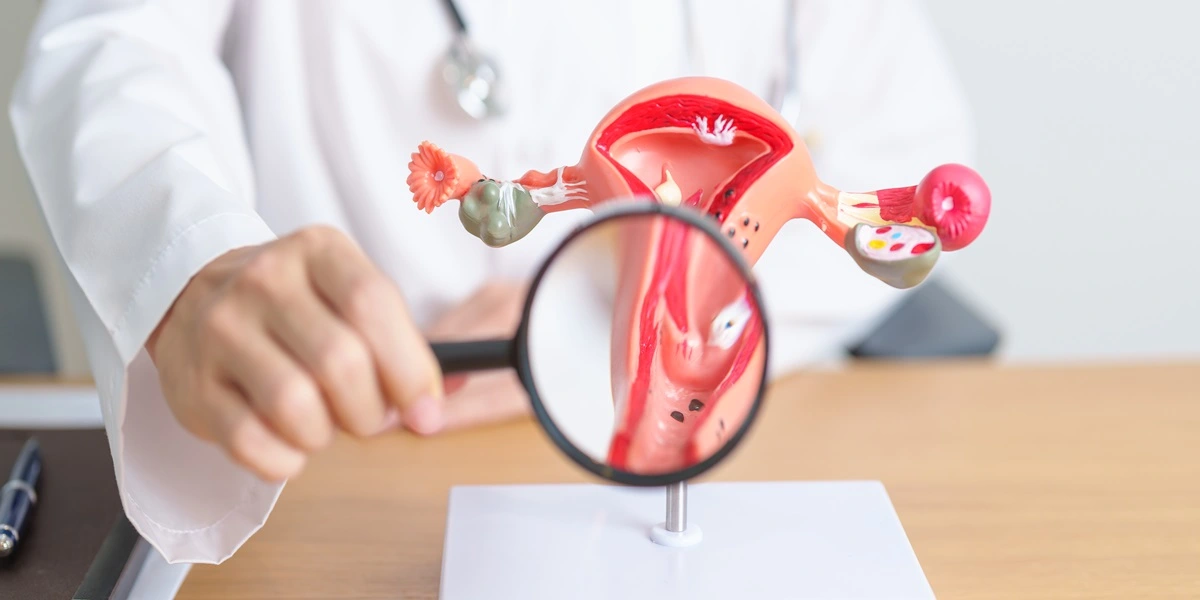5 Fruits to Avoid in Diabetes

Fruits are a healthy food choice to improve overall health and manage diabetes. However, the question arises: “Does fruit increase blood sugar?” While fruits do contain natural sugars, they also provide vital nutrients and dietary fiber. There are certain fruits that have a higher glycemic index and can potentially cause an increase in your blood glucose levels.
In this article, we will explore various fruit types and identify the fruits to avoid when dealing with diabetes. By understanding the impact of different fruits on blood sugar, individuals can identify the worst fruits for diabetes and make suitable adjustments to their diet.
Which are the Fruits to Avoid When You Have Diabetes?
As such, there are no fruits to avoid in diabetes, as there are many health benefits that you can get when you make fruits a regular part of your diet.
However, one of the things that can make it easier for you to take care of your diabetes and eat fruits is to understand which fruit is higher on the glycemic index and how to manage your portion sizes for the same.
The glycaemic index or GI score is how fast blood sugar increases after consuming that food in comparison with glucose. It gives an idea of how fast a particular fruit will affect your blood sugar levels once you eat it.
Here are some fruits to avoid in diabetes that are high on the glycaemic index score, but with a little tweaking and with your doctor’s permission, you may still enjoy these:
1. Mangoes
- Mangoes have a glycaemic index of about 60, making them high on the GI score.
- Almost 90 percent of the calories present in mangoes come from the number of natural sugars it has.
- As a result, eating a bigger portion of mangoes can directly impact your blood sugar levels and make them spike.
- If you want to eat mangoes, try having a smaller portion and a few pieces at a time instead of having a full mango alone.
2. Ripe Bananas
- Ripe bananas have a GI of about 51, which is still a bit higher, especially if you have diabetes.
- The green variant of bananas, which are not as ripe, has a GI of 42 is a good source of resistant starch. It has minimal impact on your blood sugar levels and will not cause a spike.
- If you love eating bananas, go for the elaichi bananas, which are smaller.
- Besides that, you can also use unripe bananas as a vegetable option and get all the healthy nutrients that it has to offer for your diabetes as well as overall health, but be mindful of portion size while consuming.
To know your chances of Diabetes reversal, take the Diabetes Reversal TestDiabetes Reversal
Calculator
3. Pineapple or Ananas
- Pineapples have a high glycaemic index of about 51 to 73 and rate relatively high on the GI score.
- The impact of the GI score of pineapple on your blood sugar levels will also change based on how ripe the pineapple is and how you consume it.
- In fact, pineapples have a higher chance of impacting your blood sugar levels as compared to when you eat other fruits.
- Including other foods in your diet that are high in healthy fats or protein while you are having pineapple is a good idea. For instance, if you are having some pieces of pineapple, you can also have some healthy nuts and seeds to limit the effect the pineapple will have on your overall blood sugar level.
- If you love eating pineapples, watch the amount that you eat and only stick to a few pieces at a time.
4. Chikoo or Sapota
- Chikoo falls into the category of fruits with a moderate GI of 57, which is moderately high for people with diabetes.
- This means that consuming Chikoo may cause an increase in blood sugar levels.
- If you want to eat Chikoo, choose it based on your blood sugar control; if your blood glucose level is under control, you can have a small piece of chickoo or else avoid it.
- It is crucial for people with diabetes to practice portion control when consuming chikoo.
- Combining smaller servings with other low-glycemic foods like almonds, walnuts, or avocados can help manage blood sugar levels more effectively.
5. Custard Apple or Sharifa/Sitaphal
- Being delicious in taste, custard apple has a GI of 54, which is again moderately high.
- Custard apple can be an option for people with well-controlled diabetes, as long as you keep the portion in control.
- Consuming small servings and combining them with other low-glycemic foods like nuts and seeds can help prevent significant fluctuations in blood sugar levels.
- Custard apple is rich in vitamins, minerals, and antioxidants, which contribute to overall health and well-being.
- However, people with diabetes should focus on the fruit’s impact on blood sugar levels and consider portion control.
Among the worst fruits for diabetes, those with a higher glycemic index should be approached with caution to prevent spikes in blood glucose levels.
Myth vs. Truth: Watermelon and Blood Sugar
🛑 Myth: Watermelon has a high glycemic index (GI) of 74, meaning it causes a sharp spike in blood sugar and should be avoided.
✅ Truth: While watermelon does have a high GI, it contains very few carbohydrates, so its glycemic load (GL) is only 4—which means it has a much smaller actual impact on blood sugar. Since watermelon is over 90% water, the sugar content per serving is quite low. In reality, watermelon does not cause significant blood sugar spikes, especially when eaten in moderation.
Types of Fruits to Avoid
A diet rich in fruits with low GI and vegetables is recommended for managing diabetes. But always remember, after you consume any fruit, check your blood glucose; this will help you to decide which fruit to avoid and how much portion/quantity you can consume.
Some points you should keep in mind:
- One should not avoid fruits for diabetes, but for those with a lower carbohydrate content are always a preferred option
- Fruit should never be eaten after or with meals like a dessert. There should be a gap of 3-4 hours between food and fruit
Common Fruits That Have About 15 Grams of Carbohydrate
Here is a quick look at some common fruits that have about 15 grams of carbohydrates in each serving mentioned
- Half of a medium-sized Apple
- Half of a medium-sized Banana
- 3/4th cup of Blueberries
- 1 – 1/4th cup of whole Strawberries
- One whole medium-sized Orange
- One whole medium-sized Pomegranate
- One whole medium-sized Mosambi
- One whole medium-sized Pear
- One whole medium-sized Mango
- One small to medium bowl of Papaya
- One small to medium bowl of Muskmelon
Quick Tips to Safely Have Fruits in Diabetes
- Eat whole fruits
- Avoid juicing the fruits
- Keep a watch on the portion size
- Add other healthy foods along with the fruit, such as foods rich in protein, healthy fats, and fiber
- Go for fruits that are lower on the GI score
- Eat only a few pieces or slices of a particular fruit at a time
- Avoid eating the entire big fruit like watermelon, papaya, or muskmelon at a time
It is likely that people with diabetes love eating fruits with high GI, like mango and watermelon; in case you want to eat them, look at your blood glucose response and then decide the portion to consume. Above are the mentioned fruits to avoid in diabetes. When selecting fruits for a diabetes-friendly diet, it’s essential to be cautious about the fruits to avoid.
FitterTake
While fruits are healthy, some fruits can be avoided in diabetes due to their potential to cause significant fluctuations in blood sugar levels. Understanding the glycemic index can help determine which fruits to avoid in diabetes, as high GI fruits can rapidly increase blood sugar.
Reduced HbA1c by HALF in 6 months


6.6%
Happy members
EMI
Guarantee
4.8/5
Diabetes Prime Program
To be certain, we suggest you also speak to our diabetes healthcare team, which has expert dieticians, nutritionists, and psychologists to understand which fruits to avoid in diabetes for your overall health. To learn more about Fitterfly’s Diabetes Care Program and how it can help you intelligently take control of your diabetes, speak to one of our counsellors.
Just give us a missed call at 08068507599, and we will get back to you.
This blog provides general information for educational and informational purposes only and shouldn't be seen as professional advice.





















